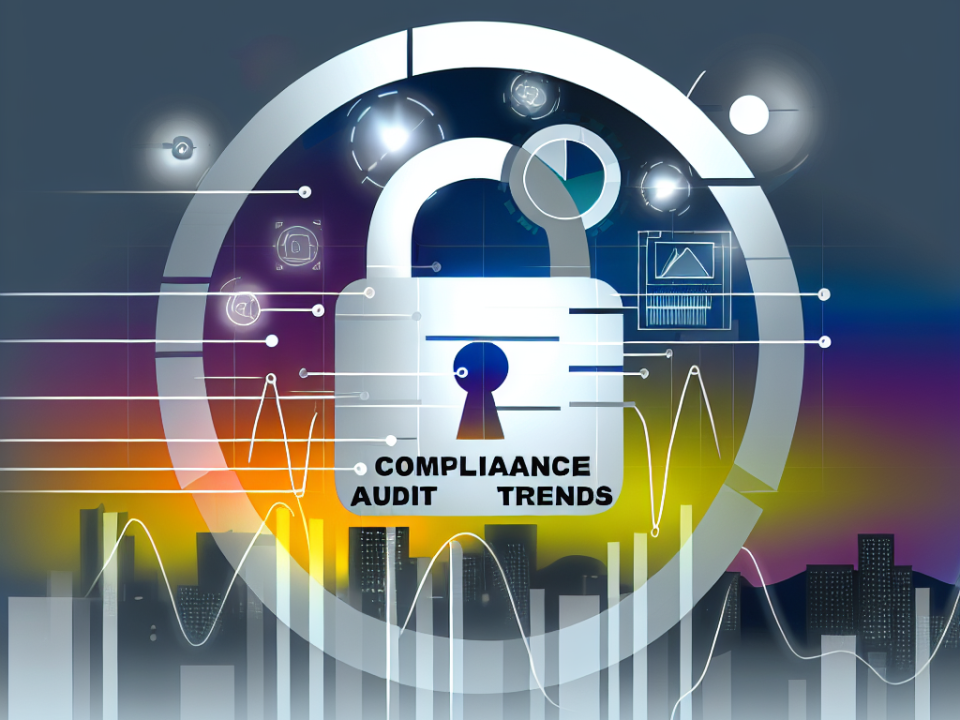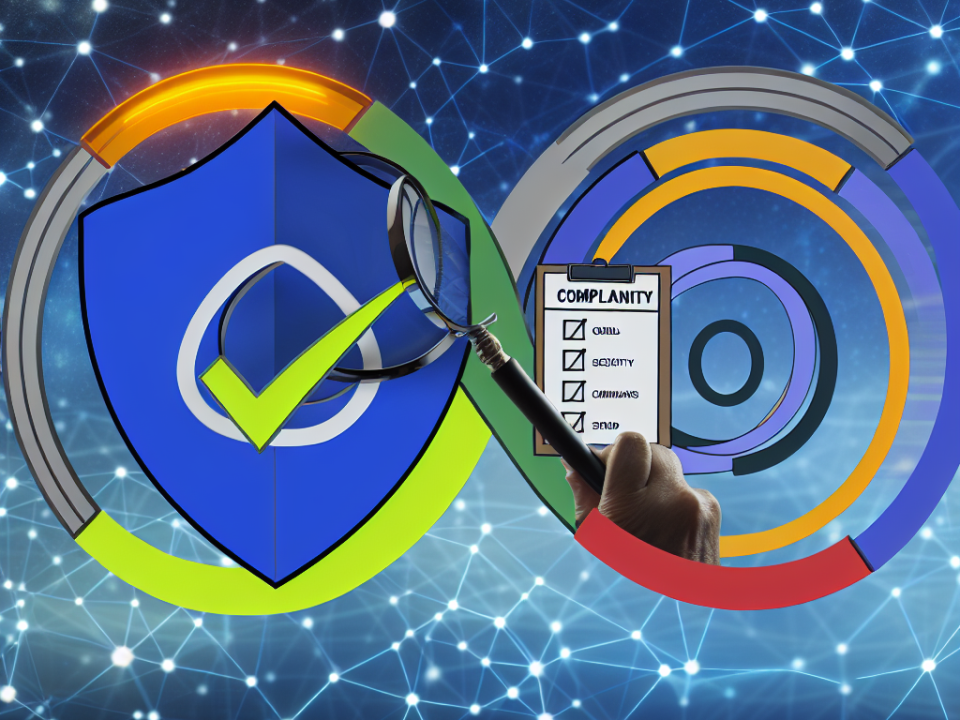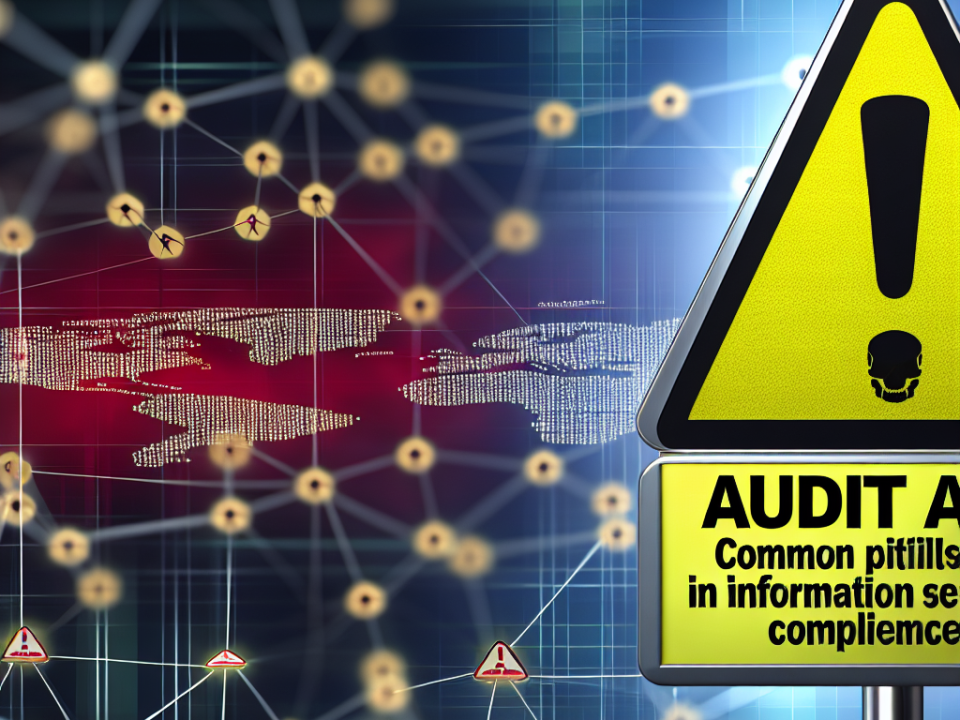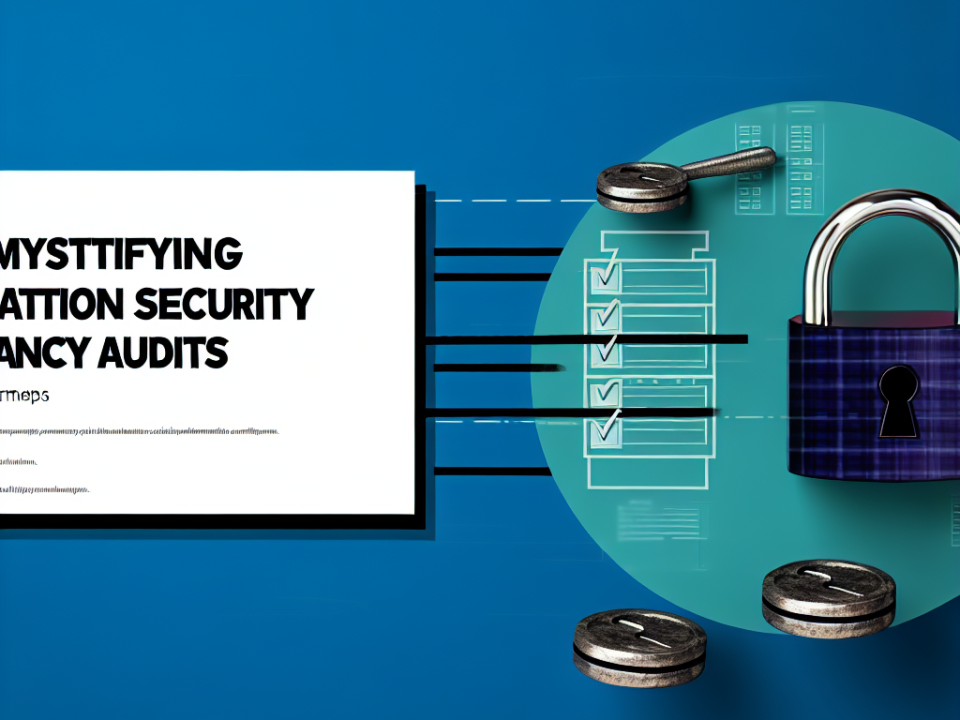
Cybersecurity Compliance Made Simple: Your Go-To Checklist for Success
July 13, 2025
Don’t Get Left Behind: A Comprehensive Cybersecurity Compliance Checklist
July 14, 2025
In today’s digital landscape, organizations face a multitude of challenges that stem from the rapid expansion of information technology (IT). Cyber threats are ever-evolving, regulatory requirements are becoming increasingly stringent, and stakeholder expectations are continuously rising. As such, the realms of IT governance and security compliance have become intricately intertwined. Understanding how these two disciplines intersect is essential for organizations aiming to protect their assets while pursuing business goals.
Understanding IT Governance
IT governance refers to the framework that directs and controls IT resources in line with an organization’s objectives. It ensures that IT investments are aligned with business strategies, leading to improved performance, risk management, and resource allocation. One of the key goals of IT governance is to create value from IT initiatives while minimizing risks associated with these technologies.
Key Principles of IT Governance
- Alignment with Business Objectives: IT strategies should support overall business goals.
- Risk Management: Identifying and mitigating risks related to IT is paramount.
- Resource Management: Efficient management of IT resources is essential for optimal performance.
- Performance Measurement: Continuous assessment and reporting improve accountability and transparency.
The Role of Security Compliance
Security compliance, on the other hand, refers to adhering to established laws, regulations, frameworks, and policies aimed at protecting sensitive information. This encompasses a broad range of practices designed to safeguard data integrity, confidentiality, and availability. Different industries may have unique compliance requirements, such as HIPAA for healthcare, PCI DSS for payment card information, and GDPR for data protection in the European Union.
Key Components of Security Compliance
- Regulatory Adherence: Organizations must understand and comply with relevant laws and regulations.
- Risk Assessment: Regular evaluations help organizations identify vulnerabilities and apply necessary safeguards.
- Documentation and Reporting: Comprehensive records must be maintained to demonstrate compliance.
- Continuous Monitoring: Ongoing monitoring and auditing ensure sustained alignment with compliance requirements.
The Intersection of IT Governance and Security Compliance
1. Risk Management Synergy
Both IT governance and security compliance emphasize effective risk management. An organization’s strategic objectives are often compromised by security breaches, making it essential to incorporate IT risk assessments into governance frameworks. A unified risk management policy aligns IT initiatives with compliance efforts, ensuring that both objectives are met without redundancy.
2. Policy Development
Effective IT governance requires robust policies that outline acceptable IT practices. These policies must also incorporate compliance requirements, creating a cohesive approach to governance that reduces the likelihood of misalignment and compliance breaches. By embedding security compliance within the IT governance framework, organizations can ensure that their policies are comprehensive and effective.
3. Accountability and Responsibility
Governance structures often delineate clear lines of accountability, which is critical for compliance. Having defined roles helps ensure that individuals or teams are responsible for maintaining security standards and adhering to regulations. By developing an integrated governance model, organizations can create a culture of compliance, where everyone understands their role in meeting regulatory requirements.
4. Performance Metrics
Both IT governance and security compliance can benefit from shared performance metrics. By using integrated metrics, organizations can measure compliance effectiveness in the context of overall business objectives. This approach not only demonstrates compliance but also illustrates how security efforts contribute to the organization’s success.
Challenges in Aligning IT Governance and Security Compliance
While the intersection of IT governance and security compliance offers numerous benefits, organizations often face challenges:
- Resource Constraints: Limited personnel and budgets can hinder the implementation of comprehensive governance and compliance programs.
- Complex Regulatory Landscape: The evolving nature of regulations requires constant vigilance and adaptability, testing the robustness of governance frameworks.
- Cultural Resistance: Employees may be resistant to changes in compliance processes, necessitating effective change management strategies.
Best Practices for Integration
To effectively integrate IT governance and security compliance, organizations should consider the following best practices:
- Develop a Unified Framework: Create a governance framework that incorporates compliance requirements from the outset.
- Regular Training and Awareness: Educate employees on the importance of compliance and its relationship to governance.
- Continuous Improvement: Foster a culture of continuous improvement that encourages regular updates to governance structures and compliance practices.
- Leverage Technology: Use technology solutions that facilitate oversight and reporting to simplify compliance and governance.
Conclusion
The intersection of IT governance and security compliance is crucial for organizations seeking to navigate the complexities of today’s IT landscape. By understanding and leveraging the synergies between these two disciplines, companies can enhance their security posture, ensure regulatory adherence, and align IT strategies with business objectives. Ignoring the interplay between governance and compliance can expose organizations to risks that may compromise their integrity and reputation. Therefore, a proactive approach to integrating these areas is not just advisable; it is essential for sustainable success in a competitive environment.







